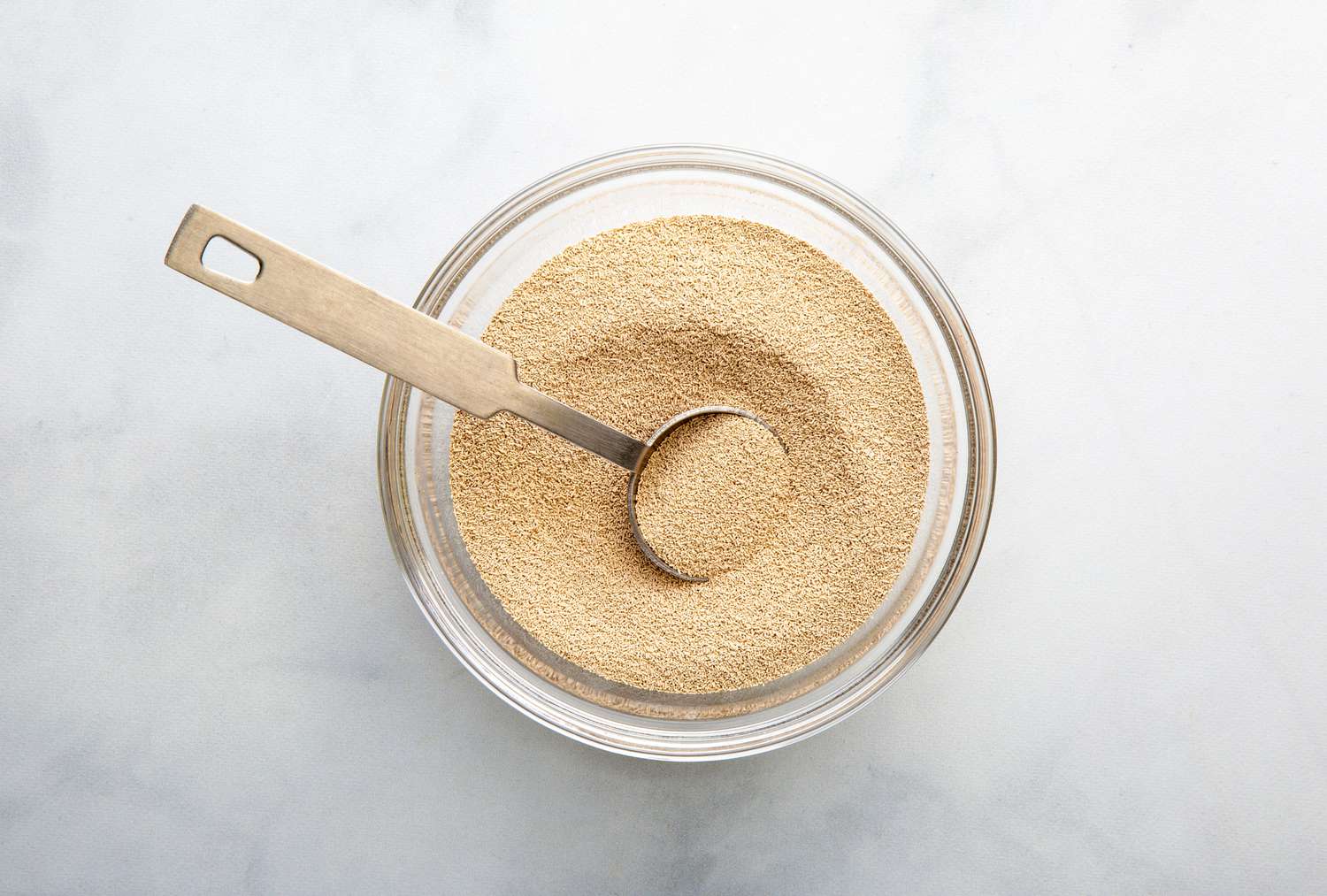When you think of fall produce, butternut squash is undoubtedly one of the first veggies to come to mind. It’s a hearty winter squash with a versatile flavor that pops up in your favorite sweet and savory recipes.
The flavor is similar to pumpkin, and it shares its squash cousin’s thick skin, firm flesh, and seeds. Butternut squash has a sweeter flavor than pumpkin, more similar to sweet potato. Starting as early as September, farmers’ markets and grocery stores are overflowing with this autumnal bounty, so once you bring one (or more) home, it’s handy to know how to store these gourds.
How Long Does Butternut Squash Last?
Fridge: 4-6 days (not recommended)
Room temperature on the counter: 2-3 months
In the freezer: 8-12 months
How to Store Whole Butternut Squash
Butternut squash is a hearty vegetable and, like many other fall and winter veggies, is meant to stay fresh long after harvest. Before butternut squash even gets to the grocery store, it has to go through a process called curing. This is where the picked squash is stored for anywhere between two weeks and two months to dry it out so it can be stored for long periods of time and kept for months without rotting.
Because of this curing process, butternut squash can stay fresh for months when stored properly. Squash loves cool, dry, dark conditions. They were originally meant to be stored in cellars to provide food over the winter, so think of cellar-like conditions when it comes to storing. If you have a pantry or cabinet in your kitchen that stays cool, this is the perfect place for a squash.
Avoid storing them with fruit, as the ethylene gas they produce will cause the squash to rot. On the counter is okay if you plan to eat it soon, but your squash will be much happier stowed away from the sunlight and heat your kitchen counter may receive.
Whatever you do, avoid the fridge at all costs. The low temperature and humidity spell trouble for whole winter squash; the refrigerator will accelerate spoiling and can make the texture of the squash mealy and stringy.
How to Store Cut Butternut Squash
Butternut squash can be huge, sometimes larger than one recipe calls for. Once peeled, squash needs to be stored in the refrigerator. Cut squash will last up to a week in an airtight container like plastic storage containers. If your butternut squash is cut and cooked, aim to use it within 3 or 4 days.
If you’ve ever peeled and cut a butternut squash, then you know it can ooze a liquid that’s nearly impossible to get off your hands and clothes. This is entirely edible but might make your cut squash a bit challenging to store. You can place a small sheet of parchment paper in the bottom of your container to keep the squash from sticking.
Butternut squash can also easily be frozen. Simply cut it into cubes, spread it out on a lined sheet tray, and freeze solid. Once the squash is fully frozen, transfer the cubes into a freezer-safe zip-top bag or plastic storage container with a label and the date. It will keep like this for up to a year. Cooked butternut squash can be frozen, cut, pureed, in soups, you name it. Plain, cooked butternut squash can be frozen for up to six months.
How to Tell if Butternut Squash Has Gone Bad
Butternut squash is meant to be stored for months but doesn’t last indefinitely. Keep your eye out for any brown spots or blemishes; these can indicate the start of spoiling. Any soft spots or slimy areas are also a sign that your squash has gone bad. Old squash tends to have soft flesh, leathery skin, and a hollow feel. And, of course, any spots of mold mean it’s time to toss your squash.
Related:
- This Hack Makes Cutting Hard Butternut Squash a Breeze
- Butternut Squash Noodle Recipes That Might as Well Replace Pasta
- Our Best Butternut Squash Recipes of All Time Will Get You Through the Cold Months




